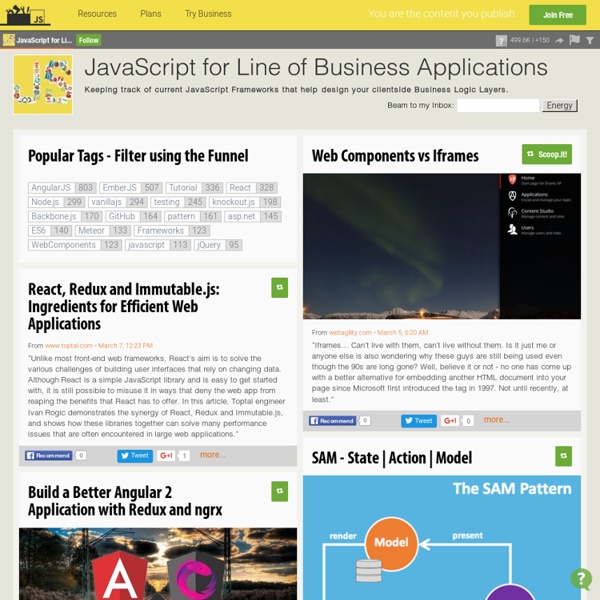



QueryBuilder: a JavaScript library for building OData queries | OData - The Protocol for REST APIs The objective: standardizing on an abstraction We are a team from Microsoft that is responsible for internal data and operations. As you can imagine, there are a variety of services modeling various aspects of operation (Inventory, Support Teams, Supply Chain, Telemetry, Incident Handling, etc.) and each are implemented in different manners and with various technologies. Each service exposes its own API (for automated processes and scripting) and its own UI (tools for manual interaction). Sooner or later that becomes a “Tower of Babel” problem (too many languages) so people stop understanding each other. We use OData as a standardized abstraction to cope with it. Information services store data which model the real world, and help us to create, manipulate and search this data. The problem: generating syntactically correct OData queries and interpreting the results [gist id=”261b948a9d18562d600e” file=”NancyBlob.xml”] What an awful lot of obscure XML! The service returns an empty list:
asynchronous frontend dependency management without AMD - bearcat Dec 24, 2014 Overview Frontend dependency management is always the discussion point, people have a lot of to say. The key reason for this is that javaScript language itself does not provide module like support, it really sucks developers. For years ago, developers used to use <script> tag to write code, however when the page codes grows, the maintainability will be harder and harder. The Asynchronous Module Definition (AMD) API specifies a mechanism for defining modules such that the module and its dependencies can be asynchronously loaded. AMD has two main concerns: asynchronous loading script this works well in browser, and fascinates developers a lot, developers write modular scripts in different files, different modules can be dependent with some others, which makes codes resuable, moreover debug and edit files are quite simple and smooth. use define to define a module and its dependecies want to use Libray X, does it suport AMD ? Show me some codes car.js engine.js car and engine use this.